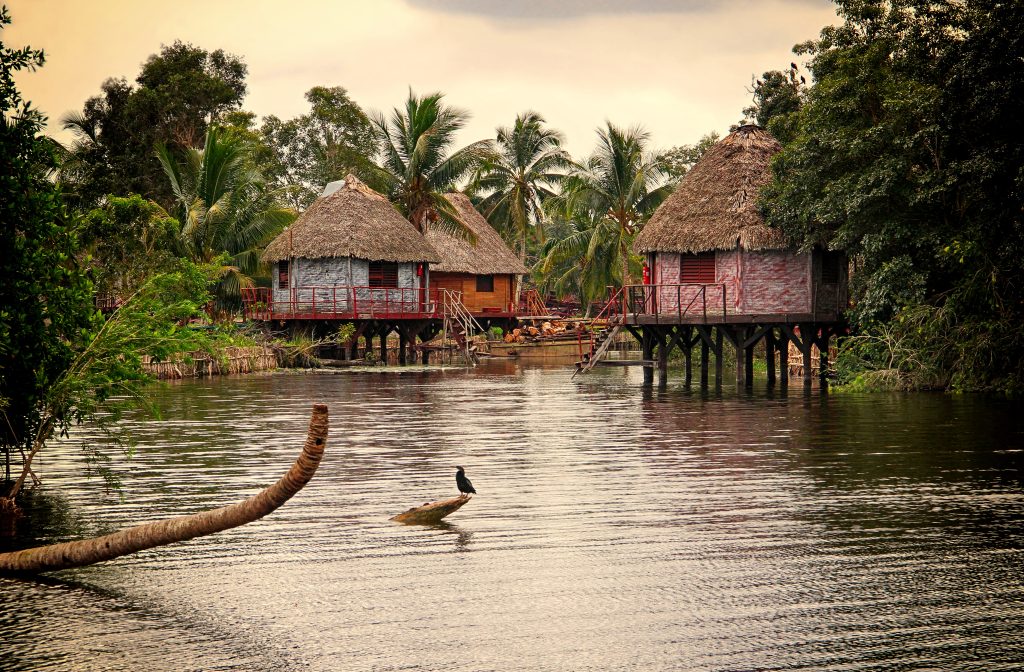masaharusato.com – Cuba, the largest island in the Caribbean, is a treasure trove of natural wonders that captivate visitors from around the globe. With its diverse ecosystems, ranging from lush rainforests to stunning coral reefs, Cuba offers a unique opportunity to explore the rich biodiversity of the Caribbean. This article delves into the island’s most remarkable natural features, highlighting the importance of conservation efforts to preserve these treasures for future generations.
The Sierra Maestra: A Mountainous Marvel
The Sierra Maestra mountain range, located in the southeastern part of the island, is the highest in Cuba. It is home to Pico Turquino, the island’s tallest peak, which stands at 1,974 meters (6,476 feet) above sea level. The range is a haven for hikers and nature enthusiasts, offering breathtaking views and a chance to witness the island’s unique flora and fauna. The Sierra Maestra is also a critical habitat for various endemic species, including the Cuban parrot and the Sierra Maestra trogon.
The Zapata Peninsula: A Wetland Wonderland
The Zapata Peninsula, situated in the south-central part of Cuba, is a UNESCO Biosphere Reserve and one of the largest wetlands in the Caribbean. This unique ecosystem is characterized by its extensive marshes, swamps, and forests, which provide a vital habitat for numerous bird species, such as the Zapata rail and the Cuban crocodile. The peninsula is also an important site for birdwatching, attracting both local and migratory species.
The Gardens of Cienfuegos: A Botanical Paradise
The city of Cienfuegos, known as the “Pearl of the South,” is home to the Botanical Garden of Cienfuegos, which spans over 97 hectares (240 acres) of lush greenery. Established in 1901, the garden is one of the oldest in the Caribbean and features a wide variety of plants from different regions of the world. Visitors can enjoy walking through the well-maintained trails, admiring the exotic flowers and trees, and learning about the importance of botanical conservation.
The Viñales Valley: A Geological Marvel
The Viñales Valley, located in the western part of Cuba, is a UNESCO World Heritage Site renowned for its stunning limestone karst landscape. The area is dotted with mogotes (steep-sided hills), caves, and underground rivers, making it a paradise for geologists and speleologists. The valley is also famous for its tobacco plantations, where some of the world’s finest cigars are produced. The traditional farming practices and the picturesque scenery make Viñales a must-visit destination for travelers seeking an authentic Cuban experience.
Protecting Cuba’s Natural Heritage
As Cuba continues to open up to the world, it is crucial to balance the growth of eco-tourism with the preservation of the island’s natural wonders. Conservation efforts are essential to protect the unique ecosystems and the diverse wildlife they support. By promoting sustainable tourism practices and educating visitors about the importance of preserving these natural treasures, Cuba can ensure that its natural wonders remain intact for generations to come.
Conclusion
Cuba’s natural wonders are a testament to the island’s rich biodiversity and geological history. From the majestic Sierra Maestra to the serene Zapata Peninsula, and from the botanical paradise of Cienfuegos to the geological marvel of Viñales, Cuba offers a diverse range of experiences for nature lovers. As we explore these wonders, it is our responsibility to respect and protect them, ensuring that they continue to thrive for the enjoyment of all.
